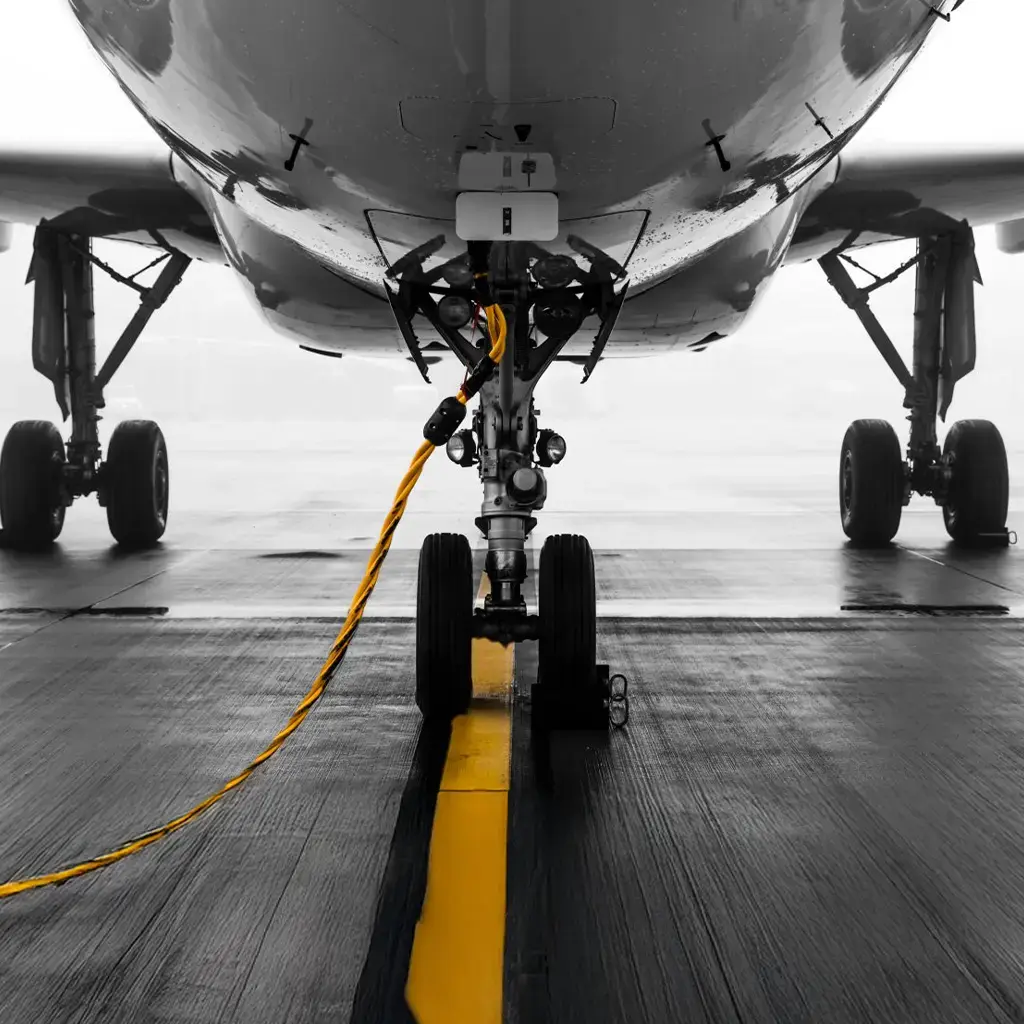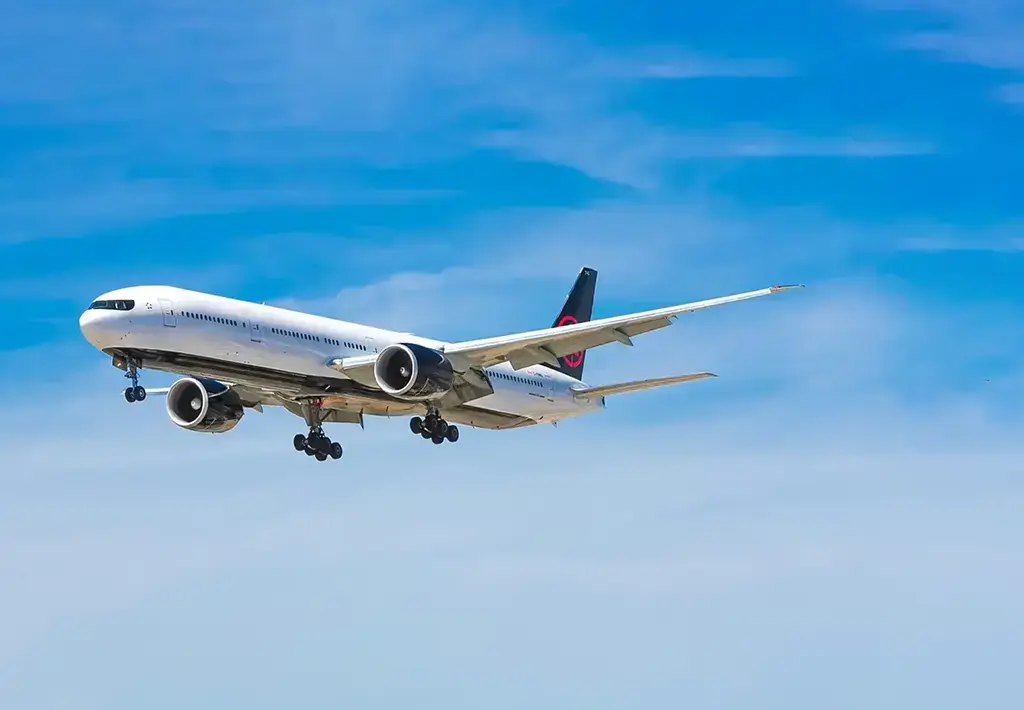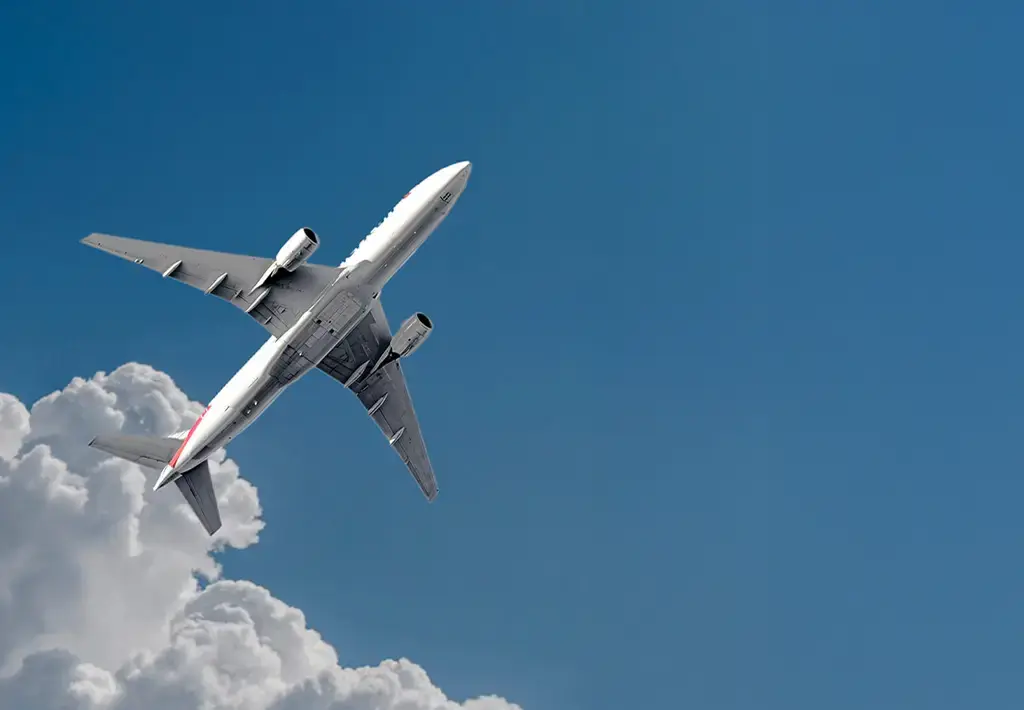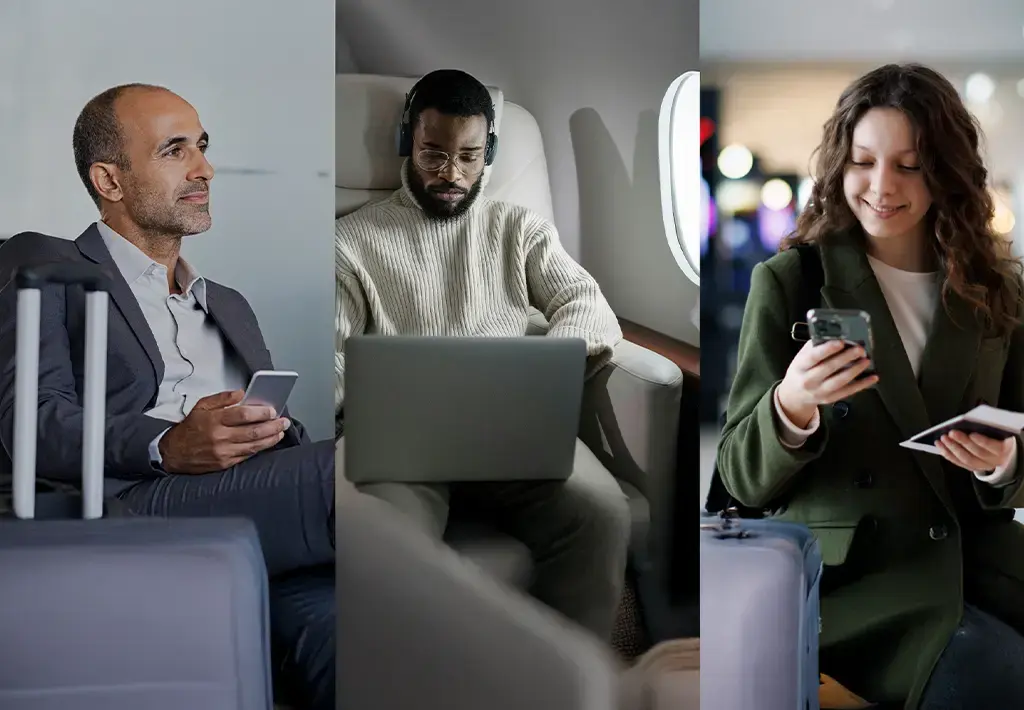Flying is no longer just a way to get from A to B – it’s an experience.
Passengers want frictionless, convenient journeys that deliver more than simply a means of transport. And thanks to the more rapid adoption of artificial intelligence (AI) technologies, airlines are developing best-in-class customer experiences personalised to their passengers.
This tech-powered human focus is already creating a winning combination for airlines – but there’s plenty more innovation on the horizon. Here, we dive into AI-driven personalisation and how it's shaping the future of travel.
The soaring significance of personalised travel
Airlines have long been leaders when it comes to passenger loyalty. Indeed, for many airlines, the success of their loyalty schemes has provided a crucial revenue cornerstone. However, passengers aren’t as enticed by these schemes as they once were.
Instead, they align their loyalty to airlines that provide world-class experiences, with personalisation playing an essential part. 78% of consumers said they were more likely to repeat purchases when offered a personalised experience. This is reflected in business success, with personalisation most often driving a 10-15% revenue lift.
Today, this means more than tailoring an email with the customer’s name or sending them a birthday email. Airlines can now collect large datasets about their passengers and, when coupled with AI, drill down beyond traditional broad segmentation to enable ‘hyper-segmentation’ – a highly specific, defined understanding of small, targeted groups. Then, the goal becomes defining a ‘segment of one’, personalising and targeting content specifically towards each individual.
In turn, AI technologies can leverage this data to provide passengers with adaptive, highly personalised experiences. Let’s look at three examples of how airlines can seize this opportunity to offer exceptional customer experiences.
Tailored customer service
One of the leading uses of AI in aviation has been the introduction of generative AI-powered chatbots. These bots can help customers with queries, bookings, flight changes and more, offering personalised advice around the clock.
These conversations can take place on existing booking platforms to enhance a passenger’s booking experience and provide immediate assistance. However, with the right tools, airlines can also offer AI-powered conversations on passengers’ preferred messaging platforms, including Facebook Messenger, WhatsApp and more. If the conversation needs human interaction, the AI chatbot can seamlessly pass the customer to a live agent for extra support but with the context of what was discussed already used as an important input for the agent.
So far, chatbots and assistants have mainly been used to help answer queries. However, some travel providers have even taken this further, introducing travel-planning assistants. Online travel agency Trip.com introduced AI-powered TripGenie last year, which plans itineraries for passengers. The tool has doubled the company’s order conversion rate and improved user retention rates.
The potential use of personalised trip assistants is growing, and airlines are perfectly placed to offer these AI-powered travel companions to passengers.
AI personalised recommendations
AI technologies already allow airlines to offer passengers recommendations that are truly personalised to them. By combing large datasets, AI tools learn passenger needs and behaviours before selecting specific recommendations.
Right from the moment a passenger begins to browse, airlines can provide better recommendations for destinations and potential flights. AI can be used to offer tailored ancillaries based on customer needs and behaviours during the booking phase. In the air, airlines such as Delta are already beginning to provide their passengers with personalised entertainment recommendations, while others use it to offer passengers information about baggage collection or any airport delays.
We’re only beginning to see how this technology can provide passengers with more tailored options. Innovative designs are emerging that could bring the in-flight experience to a new level.
We could, for example, see AI sensors on board that predict when you might need a cup collected or a drink refilled, letting onboard flight attendants know of your needs – even before you’ve realised them yourself.
Individualised loyalty programmes
AI brings an opportunity to shake up the traditional loyalty scheme. Historically a one-size-fits-all approach, rewarding passengers with miles, discounts or offers that airlines hoped would appeal to all, AI-powered segmentation and insight means programmes could soon be crafted to appeal to individuals.
By identifying a member’s habits, spending preferences, values – even occupation – AI can select specific offers and promotions that suit the member. Importantly, these personalised offers would change over time, adjusting as your customers’ needs change and responding dynamically.
Limitless opportunity – when foundations are in place
With such a rapidly developing technology as AI, the industry is still in the take-off phase when introducing these new tools. From hyper-personalisation to boosting operational efficiencies and resilience – we’re entering a new era for the digital transformation of travel.
To fully embrace the potential and execute an effective AI strategy, airlines must begin with consolidated datasets and modernised technology.
Download our whitepaper, How to Seize the AI Opportunity in Commercial Aviation, to discover ten use cases for AI in aviation and all the details about implementing this technology.



